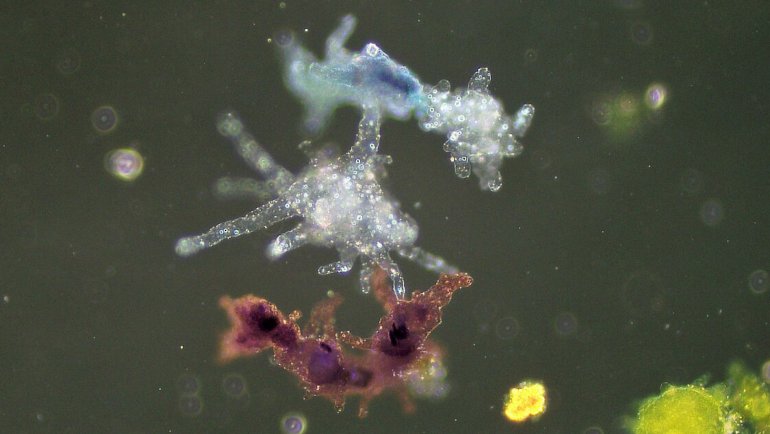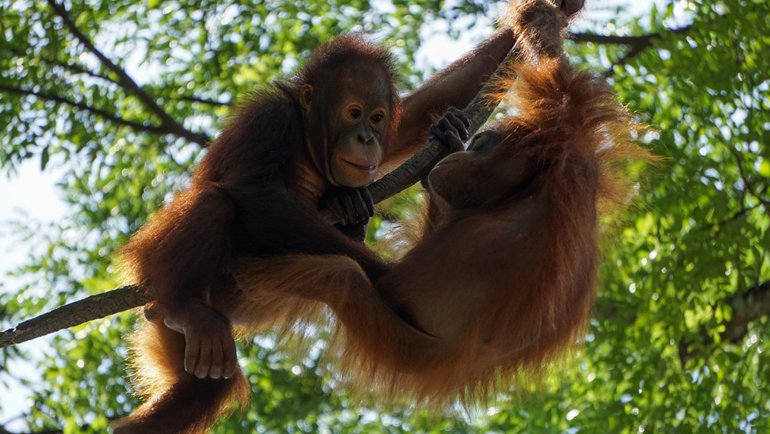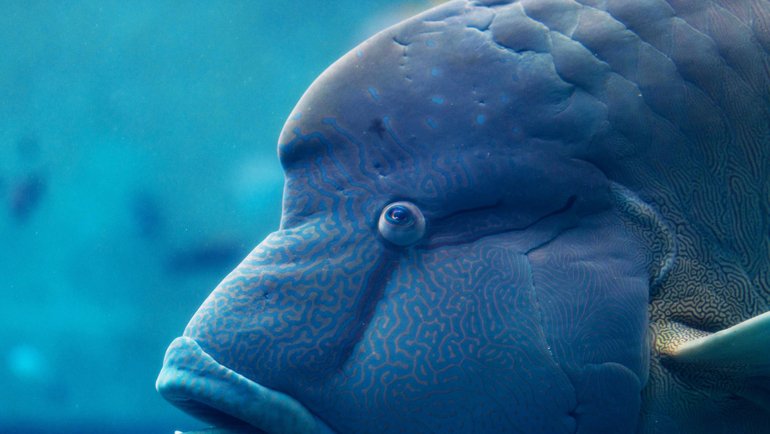Welcome to an earth-toned exploration into the animal kingdom, where we discover the wonderful world of brown animals. Brown, the color of the earth, is one of nature’s most common hues and it cloaks a multitude of species, providing camouflage and signaling various behaviors.
From the deepest forests to the most arid deserts and the vast plains in between, animals of all shapes and sizes proudly wear shades of brown.
In this article, we will dive into the fascinating lives of twelve brown animals, each with its own unique tales of survival, adaptation, and ecological importance. Let’s embark on this adventure and get to know our beautifully brown-coated friends in the wild.
12 Brown Animals: Overview
- Grizzly Bear
- Cougar
- Bactrian Camel
- Walrus
- Capybara
- American Bison
- Fossa
- Brown Widow Spider
- Bongo Antelope
- Meadow Brown Butterfly
- European Mink
- White-Browed Bulbul
Brown Animals: Pictures and Facts
Grizzly Bear
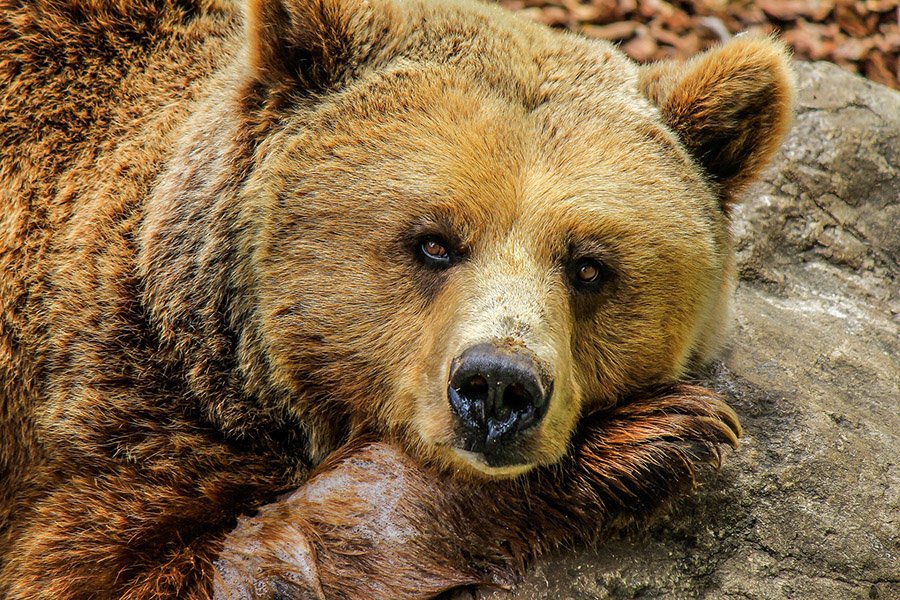
- Scientific name: Ursus arctos horribilis
- Type of animal: Mammal
- Where found: North America
First on our list is the formidable Grizzly Bear, a sub-species of the brown bear, named for the ‘grizzled’ appearance of its fur, which is brown with lighter tips. This mighty mammal inhabits the rugged mountains and dense forests of North America, symbolizing the wilderness and untamed spirit of the continent.
Grizzly Bears are incredibly powerful creatures, possessing immense physical strength and surprising speed. Despite their size, they can run up to 35 miles per hour! Omnivorous by nature, their diet is highly varied, ranging from berries and roots to fish and mammals.
Their hump of muscle on their shoulders aids in their powerful digging ability, whether for food or to create dens for winter hibernation. Each Grizzly Bear requires a large territory, and they tend to be solitary, except for mothers with cubs.
Grizzly Bears play a vital role in their ecosystem. As apex predators, they help maintain a healthy balance of animals in their territory.
Cougar
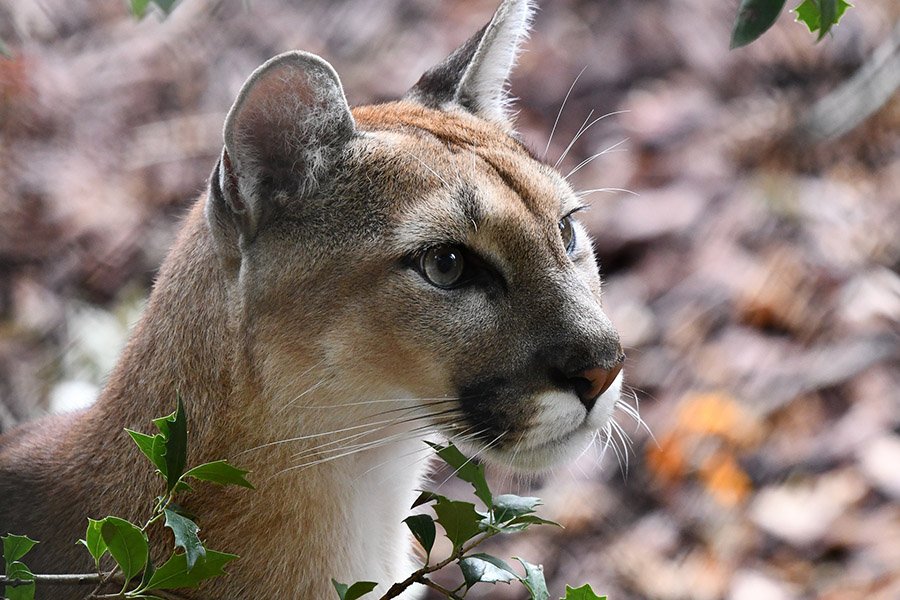
- Scientific name: Puma concolor
- Type of animal: Mammal
- Where found: Americas
Next, we slink to the diverse ecosystems of the Americas, where the Cougar, also known as the Mountain Lion or Puma, makes its home. Sporting a coat of uniform tawny brown, this big cat is a master of camouflage, seamlessly blending into its environment.
Cougar territories range from the Canadian Yukon to the Southern Andes, making them the most widely distributed big cat in the Western Hemisphere. Despite their large size, Cougars cannot roar. Instead, they communicate using low-frequency purrs, growls, hisses, and whistles.
With their muscular bodies and long, strong hind legs, Cougars are extraordinary athletes, capable of impressive feats of agility and strength. These solitary and territorial animals are crepuscular, most active during dawn and dusk when they hunt. Their diet primarily consists of deer, although they’re known to eat smaller animals if necessary.
Cougars play a crucial role in controlling ungulate populations, and their presence indicates a healthy ecosystem.
Bactrian Camel

- Scientific name: Camelus bactrianus
- Type of animal: Mammal
- Where found: Central Asia
We now trek to the harsh, arid landscapes of Central Asia, home to the resilient Bactrian Camel. Cloaked in a shaggy coat of brown fur, this two-humped camel is a testament to the power of adaptation. Their brown fur, which varies from dark brown to sandy beige, allows them to blend into their desert environment, while also protecting them from the cold in winter.
Unlike their one-humped relatives, the Dromedaries, Bactrian Camels are adapted to withstand not only extreme heat but also freezing temperatures. Their humps, contrary to popular belief, store fat and not water, providing energy when food is scarce.
Bactrian Camels are central to the lives of many desert-dwelling people, providing transport, milk, meat, and wool. Sadly, the wild Bactrian Camel is critically endangered, threatened by hunting and habitat loss.
Walrus
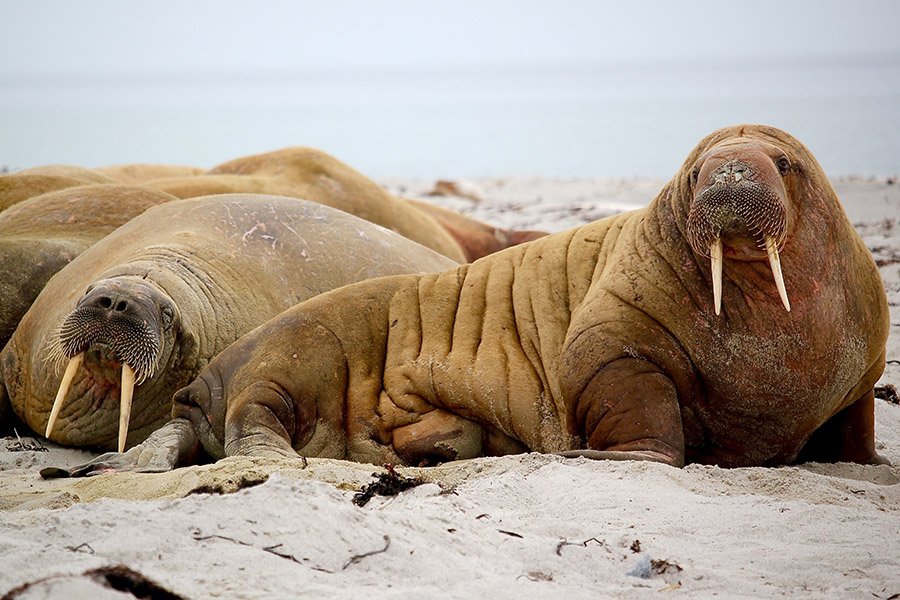
- Scientific name: Odobenus rosmarus
- Type of animal: Mammal
- Where found: Arctic and subarctic regions
Taking a dive into the chilly Arctic waters, we meet the Walrus, a large marine mammal known for its long, protruding tusks and wrinkled brown skin.
The skin, although appearing rough and tough, is sensitive and covered in a layer of short fur. This is overlaid with a layer of blubber that can be up to six inches thick, providing insulation in the freezing Arctic waters.
Walruses use their iconic tusks for a variety of purposes. They serve as a display to establish dominance, a tool to haul their heavy bodies out of the water, and a weapon when threatened. They primarily feed on shellfish, using their sensitive whiskers to locate prey on the ocean floor.
Walruses are a social species, often seen resting in large, closely packed groups on sea ice or rocky beaches. These magnificent creatures play a crucial role in Arctic marine ecosystems. They serve as indicator species, with their population and health reflecting the overall state of the Arctic ecosystem in the face of climate change.
Capybara
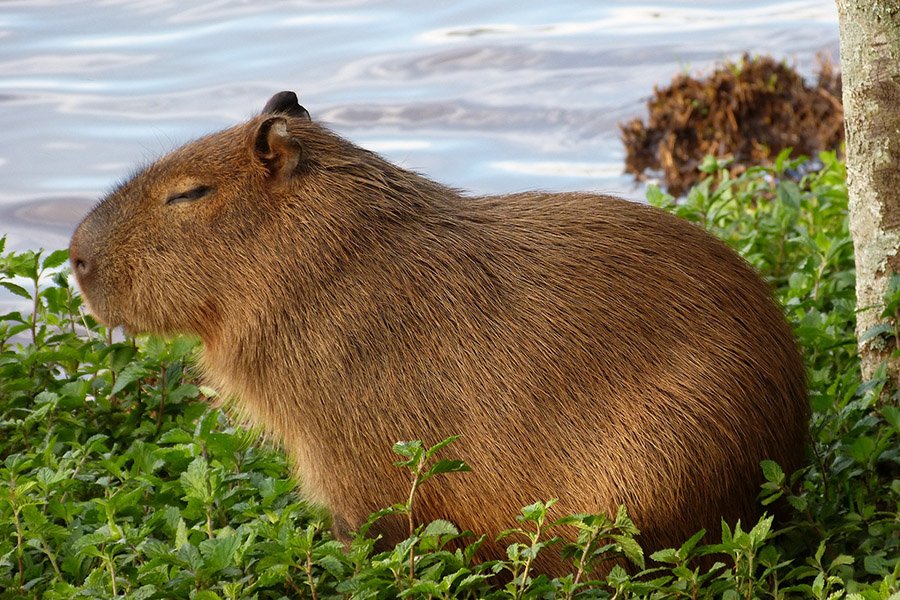
- Scientific name: Hydrochoerus hydrochaeris
- Type of animal: Mammal
- Where found: South America
Next, we venture to the wetlands, rivers, and swamps of South America to meet the world’s largest rodent, the Capybara. Sporting a coarse coat of reddish-brown fur, the capybara is perfectly adapted to its semi-aquatic lifestyle.
Its eyes, ears, and nostrils are positioned on top of its head so it can stay submerged with only a small part of its body above water.
Capybaras are highly social animals, often found in groups that can number in the dozens. They feed mainly during the early morning and late afternoon, eating a diet of grasses and aquatic plants, and occasionally fruit and tree bark.
Capybaras play a significant role in their ecosystems. They serve as a food source for many predators and help distribute seeds through their droppings.
American Bison
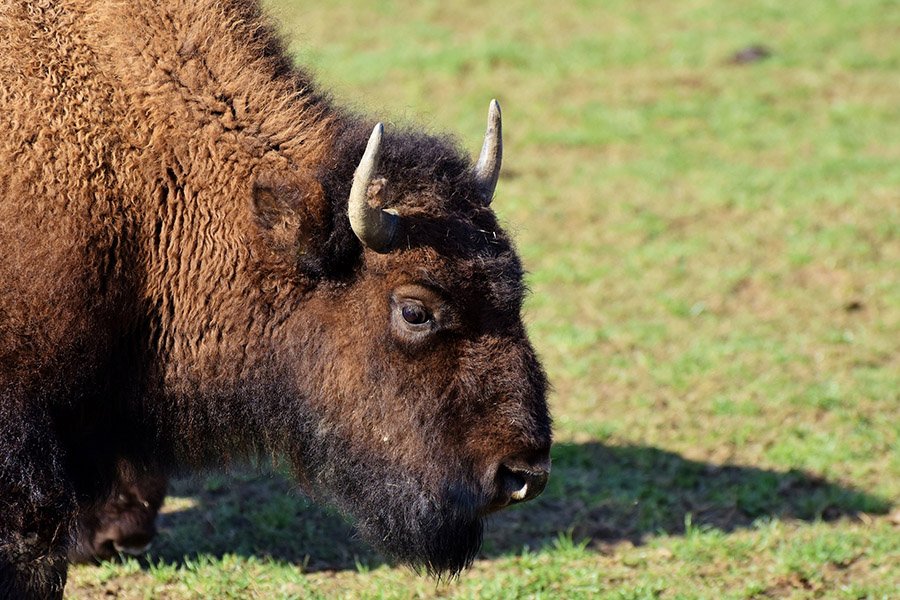
- Scientific name: Bison bison
- Type of animal: Mammal
- Where found: North America
Our journey now takes us to the great plains of North America, where the American Bison, often referred to as the Buffalo, roams. The largest mammal in North America, the Bison is recognized by its massive head, humped shoulders, and dark brown coat. The fur is longer in the front than in the back, providing insulation against the harsh winters.
Bison are herbivores, feeding primarily on grasses and sedges. They once roamed the plains in vast herds, playing a crucial role in maintaining the prairie ecosystem by grazing and dispersing seeds. Despite being nearly driven to extinction due to overhunting in the 19th century, Bison have made a significant comeback through conservation efforts and are now primarily found in reserves and national parks.
The Bison holds great cultural significance to the Indigenous people of North America and is a symbol of their resilience.
Fossa
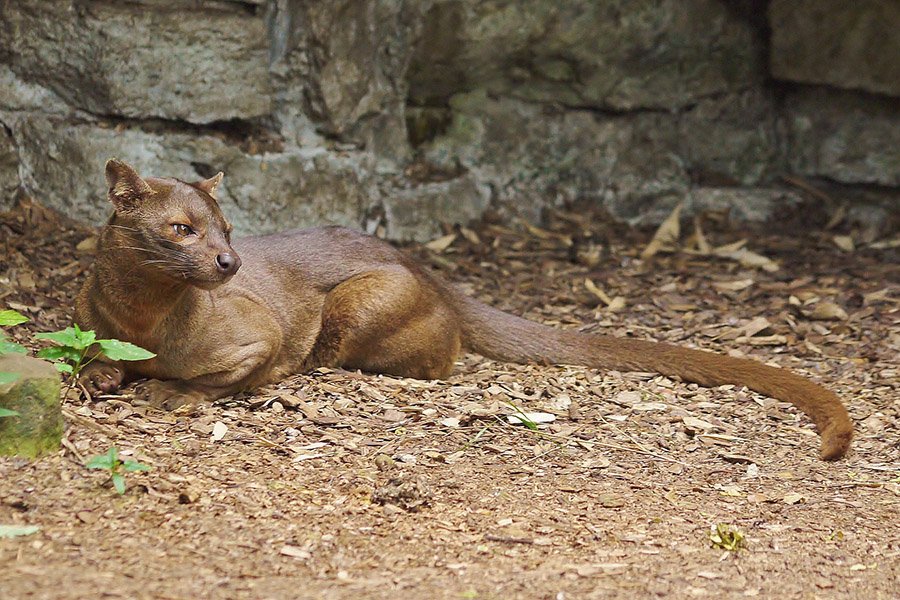
- Scientific name: Cryptoprocta ferox
- Type of animal: Mammal
- Where found: Madagascar
Now, let’s explore the unique biodiversity of Madagascar, where we meet the Fossa. This carnivorous mammal, with its slender body and reddish-brown coat, may resemble a large cat, but it’s more closely related to the mongoose. It’s the largest mammalian carnivore on the island.
Fossas are highly agile climbers, thanks to their semi-retractable claws and flexible ankles. This adaptation allows them to traverse tree branches as easily as running on the ground, helping them hunt both arboreal and terrestrial prey.
Fossas are solitary animals and mark their large territories with scent glands. Although not well-known compared to Madagascar’s lemurs, Fossas play a crucial role in the island’s ecosystems by controlling populations of rodents and other small mammals.
Brown Widow Spider
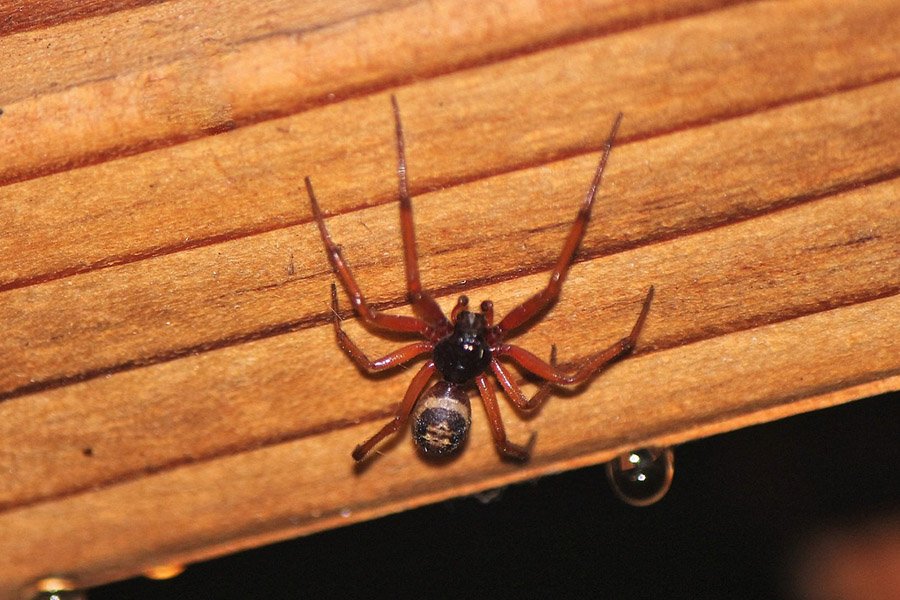
- Scientific name: Latrodectus geometricus
- Type of animal: Arachnid
- Where found: Worldwide
Next, we delve into the fascinating world of arachnids with the Brown Widow Spider. Although less famous than its relative, the Black Widow, the Brown Widow is equally captivating. It possesses a color palette that ranges from tan to dark brown, adorned with an iconic hourglass-shaped marking of orange or yellowish color on the underside of its abdomen.
Native to Africa, the Brown Widow has now established itself in warmer regions worldwide, often residing in human-made structures. They are nocturnal creatures, building intricate webs to catch their prey, which primarily consists of insects.
While Brown Widows do possess venom, they are generally timid and only bite when disturbed. Their venom is less potent than that of the Black Widow, and they inject less venom due to their smaller size.
Bongo Antelope
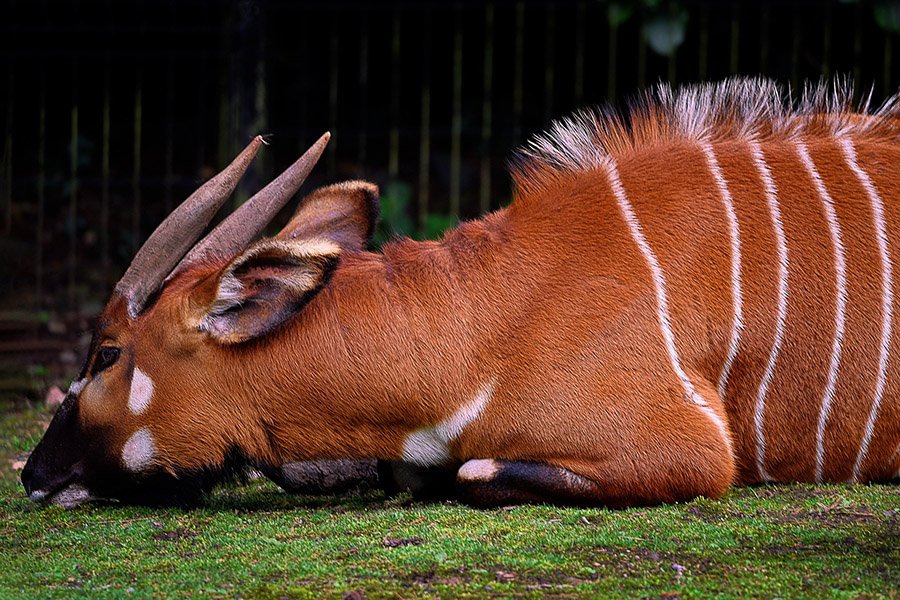
- Scientific name: Tragelaphus eurycerus
- Type of animal: Mammal
- Where found: West Africa, Central Africa, Kenya
We return to Africa to meet the Bongo Antelope, one of the largest and most visually striking African antelopes. Its coat is a vibrant chestnut or orange-brown, with white stripes that provide excellent camouflage in the dense, shaded forests of its Central African home.
Bongos are unique among African antelopes in that both males and females possess horns, which are long, spiral, and slightly tilted to the back. This adaptation allows them to navigate quickly and smoothly through dense forest undergrowth.
These antelopes are primarily nocturnal and have a diet that includes leaves, bark, fruits, and grasses. The elusive and shy nature of Bongos, combined with their habitat loss, makes them one of the most challenging African mammals to study.
Meadow Brown Butterfly
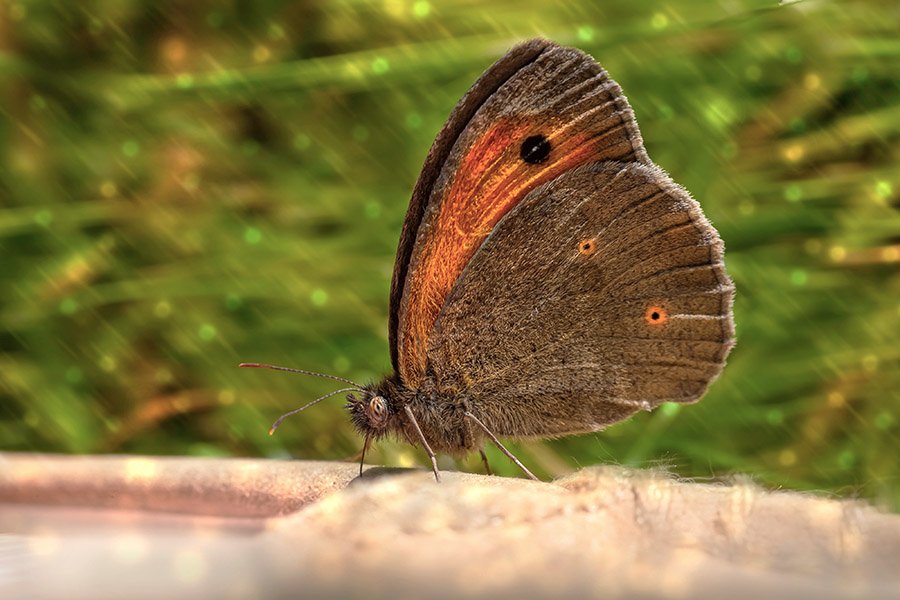
- Scientific name: Maniola jurtina
- Type of animal: Insect
- Where found: Eurasia, North Africa
Fluttering into the grasslands of Eurasia, we encounter the Meadow Brown Butterfly, one of the most common butterflies in the United Kingdom. Its wings are adorned with a brilliant mix of browns, with the upper wings bearing a characteristic eyespot. The females typically have brighter colors than the males.
The Meadow Brown Butterfly has one brood per year. Its caterpillars feed on a variety of grasses, while adult butterflies feed on nectar from flowers. This creature’s lifecycle is intricately connected to its environment, playing a crucial role in pollination and serving as a source of food for birds and other animals.
Despite their delicate nature, these butterflies are incredibly resilient, able to adapt to various changes in their environment.
European Mink
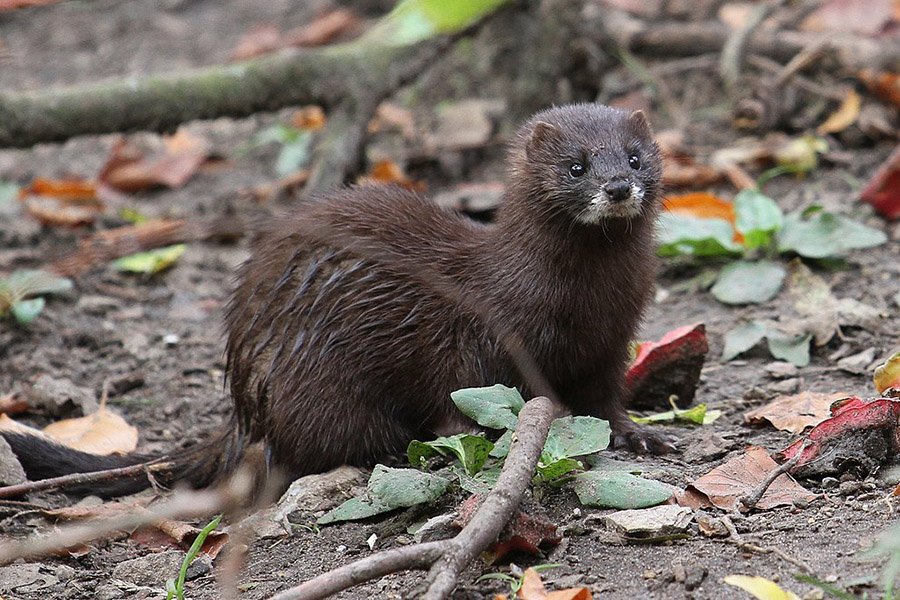
- Scientific name: Mustela lutreola
- Type of animal: Mammal
- Where found: Europe
We now explore the riparian zones of Europe to meet the European Mink, a small mammal with a dark brown, dense coat. Not to be confused with the American Mink or ferrets, the European Mink is a unique species with distinctive white markings on the upper and lower lips.
European Minks are semi-aquatic animals. They are skilled swimmers and hunters, feeding on a diet of rodents, fish, birds, and amphibians. They are primarily nocturnal and highly territorial.
Regrettably, the European Mink is critically endangered, with their population in drastic decline due to habitat loss, pollution, and competition with the introduced American Mink.
White-Browed Bulbul
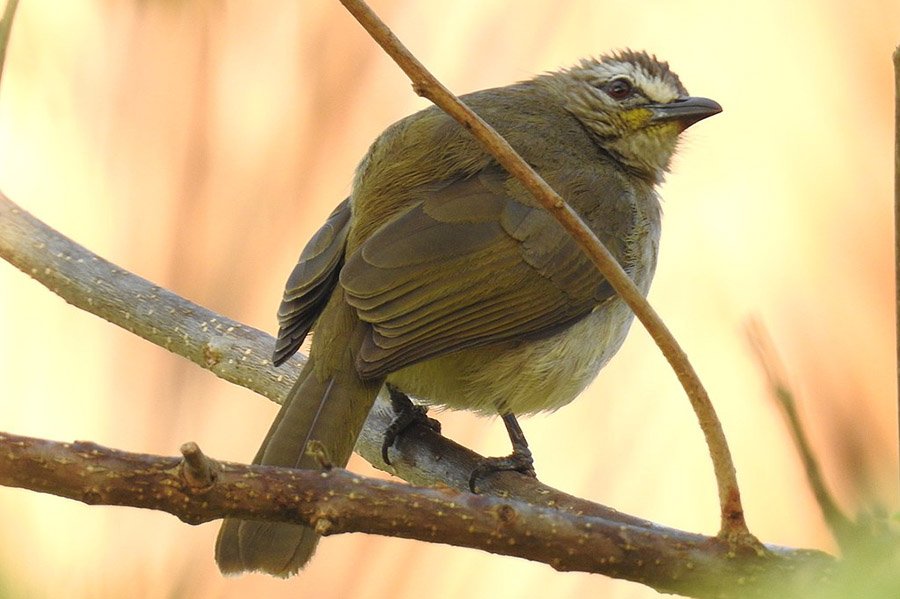
- Scientific name: Pycnonotus luteolus
- Type of animal: Bird
- Where found: India, Sri Lanka
Finally, we flutter back to the lush forests and gardens of South Asia to meet the White-Browed Bulbul. This bird sports an olive-brown body, a characteristic white ‘eyebrow’, and a yellow undertail, adding a touch of color to its otherwise brown plumage.
The White-Browed Bulbul is known for its sweet, melodious song. They feed primarily on insects and fruits, playing a role in controlling pest populations and dispersing seeds. These birds are gregarious and can often be seen in pairs or small groups.
The story of the White-Browed Bulbul is one of coexistence, as they’ve adapted to thrive in both wilderness and urban environments.



